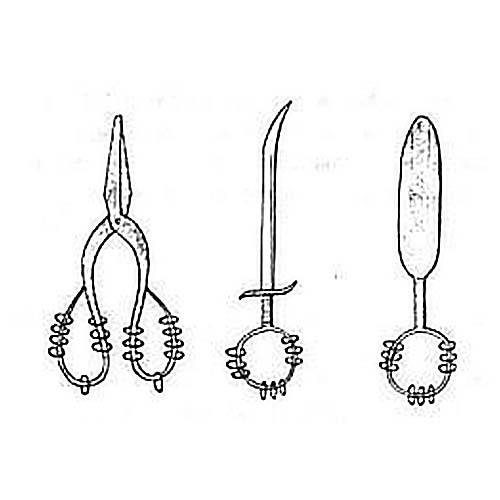shidao overview
 Shi Dao (pinyin: Shī dāo), also known as bell knife, ring knife. It is the Manchu, Zhuang, Miao, Yao, Dong, Tujia, Han and other nationalities who shake the body and sound musical instruments. It is called Hama knife in Manchu, and Shaman knife in Northeast. Popular in Liaoning, Jilin, Heilongjiang, Guangxi, Guizhou, Hunan, Hubei and other regions. It is a magic tool for Taoist priests and mages to help believers to preside over rituals of sacrifice and fortune. Its origin comes from the ancient shamanic beliefs used by shamans to exorcise evil spirits. It can also be seen in some ethnic minorities in China today.
Shi Dao (pinyin: Shī dāo), also known as bell knife, ring knife. It is the Manchu, Zhuang, Miao, Yao, Dong, Tujia, Han and other nationalities who shake the body and sound musical instruments. It is called Hama knife in Manchu, and Shaman knife in Northeast. Popular in Liaoning, Jilin, Heilongjiang, Guangxi, Guizhou, Hunan, Hubei and other regions. It is a magic tool for Taoist priests and mages to help believers to preside over rituals of sacrifice and fortune. Its origin comes from the ancient shamanic beliefs used by shamans to exorcise evil spirits. It can also be seen in some ethnic minorities in China today.Master knives are generally made of steel or iron, and there are many styles. Most of them are made of small iron rings installed on the handle of ordinary knives and scissors. The Manchu swordsman in the northeastern region is 75 cm long, 60 cm long, 10 cm wide, and 15 cm long. Around the tip and the decorative piece, there are several small holes drilled respectively, and each hole is pierced with three to five small iron rings connected in series. The master knives in Gui, Qian, Hunan, Hubei and other places are connected with a large iron ring at the end of the hilt, and several small iron rings are worn in the large ring. There are also some small iron rings in the handle of the iron scissors!
When playing, the player can hold a knife or two knives, and shake the handle of the knife up and down, left and right, so that the small iron ring hits the back of the knife, the large iron ring, the decorative piece or collides with each other and makes a loud sound. In the old days, it was used in activities such as shamans and masters, and it was an instrument for practice and exorcism. It was played, sung and danced at the same time. Today, it is used to accompany folk songs and dances, and it is a very distinctive rhythm instrument.
- Pinyin:Shī dāo
- nickname:bell knife, ring knife
- nationality:Full, strong, Miao, Yao
- northeast:shaman knife
- type:Shaking Body Musical Instrument
reference materials and contributors
- 师刀 · 百度百科
- 师刀 · 搜狗百科
- 师刀简介 师刀是什么? · 新知网
- 师刀——民间师傅的看家宝 · bilibili
overview of other similar instruments
- sanyanxiao overview
- Daguangxian overview
- Leiqin overview
- hahao overview
- yandundagu overview
- Han Xiaozheng overview
- Fang Xiang overview
- guanzi overview
- zhuqin (Dao Qin) overview
- zhuiqin overview
- bangzi overview
- three-stringed piano overview
- Gehu overview
- xiao overview
- xiaokonghou overview
- Konghou overview
- Sheng overview
- suona overview
- hulusi overview
- gushao overview
 渝公网安备 50010702504639号
渝公网安备 50010702504639号